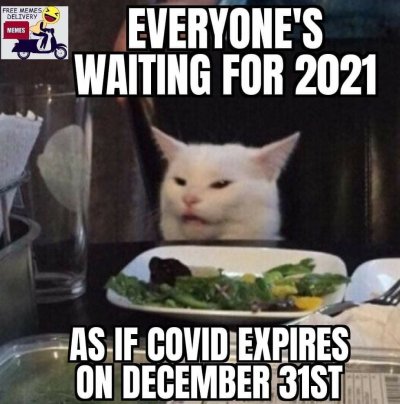With respect to your question "Have the rules changed post covid?" There are things that have not changed since Covid-19. Those things are the proper operation of a vessel in and near VTS areas.
I offer the following as educational not confrontational.
First I'll make the observation there is no rhumb line from Roche to Port Angels. I'm assuming that by rhumb line you mean the shortest possible passage from Roche Harbor to Port Angeles. To make the shortest passage you need to tuck in close to the eastern shore of Discovery Island then sail from there to Port Angeles. Sailing point to point from either Mosquito Pass or the western side of Henry Island directly the eastern shore of Discovery Island then directly for Port Angeles puts you in violation of Colregs rule 10 Traffic Separation Schemes as well as the rules for all VTS area and the Puget Sound (Salish Sea) VTS.
You are required by the Colregs rule 10 to cross the lanes
"as nearly as practicable to right angles to the general direction of traffic flow" You would be running obliquely through the traffic lanes. Neither crossing nor following the lanes.
Diving a but further in you will see by reading the
Puget Sound VTS User's Manual that unless you are greater then 20 meters (approximately 65.62 ft) length you are not required to actively participate. You are allowed to participate but the clear implication is you are not encouraged to. And your participation may not be possible when the traffic is heavy or communications are limited.
All of this means that departing Roche by either Mosquito Pass or running around Henry Island you should set a course parallel to, but to the east of the lanes until past Lime Kiln Pt. If you go just a bit further until past False Bay then make for Port Angels you will not only stay clear of the lanes but avoid crossing into Canadian Waters as well.
Additionally I've seen some suggestions on TF that you might voluntarily follow the lanes. And the concept of safe passage. My comments are:
- The VTS schemes are intended for bigger vessels than most of us operate. Stay physically clear of the lanes unless you have no option.
- Don't push the concept of "safe passage" to simply do what you want. If you have to take a weather course for the safety of your vessel and crew then don't hesitate to do so. But shaving a few miles off doesn't in my opinion qualify as safe passage.
- Don't hesitate to contact the relevant VTS for updates, traffic info etc.
- Hint. Read the VTS manual and you will find that the "big guys" required to follow the VTS and VRMS are NOT required to monitor VHF 16. If a dangerous situation is developing call the offending ship on 13 or the appropriate VTS channel.
Additionally, additionally:
- Know what agency is managing which area. Seattle Traffic, Prince Rupert Traffic or Victoria traffic.
- Know which VTS VHF channel to monitor depending upon your area. Seattle traffic 14 or 5A, Victoria Traffic 11, Prince Rupert Traffic 74. If you are choosing to participate know where to check out of one area and into the next.
- Understand that by following the route you wish to follow you will be in and out of at least two VTS areas.
- Don't forget to monitor VHF 13. That's the channel the "big guys" use to make passing arrangements. So to do this right if you want to travel in the lanes you are monitoring 16 (because you are required to), 13 and the appropriate VTS channel.
Additionally, finally.
Why choose to sail the "rhumb line" vs proper observance of all the rules, regulations and protocols? The short distance Mosquito Pass to Port Angles is 28.2 nm, the "clean" route outside the lanes to past False Bay is 31.8 nm for a savings of 3.6 nm or about 30 min at Trawler-ish speeds.
Who am I to offer this educational bit? Someone who has spent a life time working in and around VTS schemes on a smaller vessel. I am very happy in my recreational life to leave all of that behind, stay clear of the lanes and all the requirements.
Personally? Why would I want to get in the lanes to potentially tangle with a ship that measures it's turning radius and stopping distance in miles if I don't have to? I'd rather be the boater who makes the ship's captains and pilots day just a little less stressful.
In the attached graphic the green route is the "rhumb line" and the blue route is the route I would follow. It looks quite a bit longer, but really, it isn't.


 I was taking it in a "landlubber" context, in which is is used like the word "snitch" to connote the person doing the reporting as a somewhat rotten person. I didn't realize it didn't have that connotation in a marine context. Thanks for correcting and informing me.
I was taking it in a "landlubber" context, in which is is used like the word "snitch" to connote the person doing the reporting as a somewhat rotten person. I didn't realize it didn't have that connotation in a marine context. Thanks for correcting and informing me.

